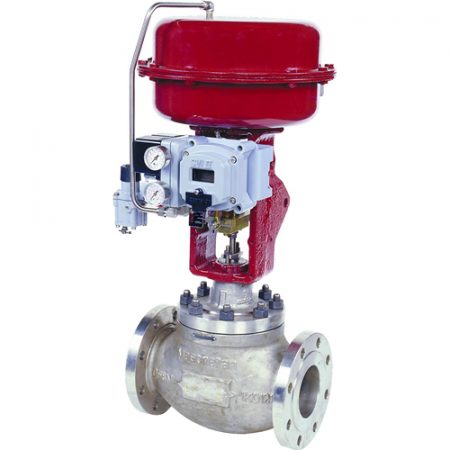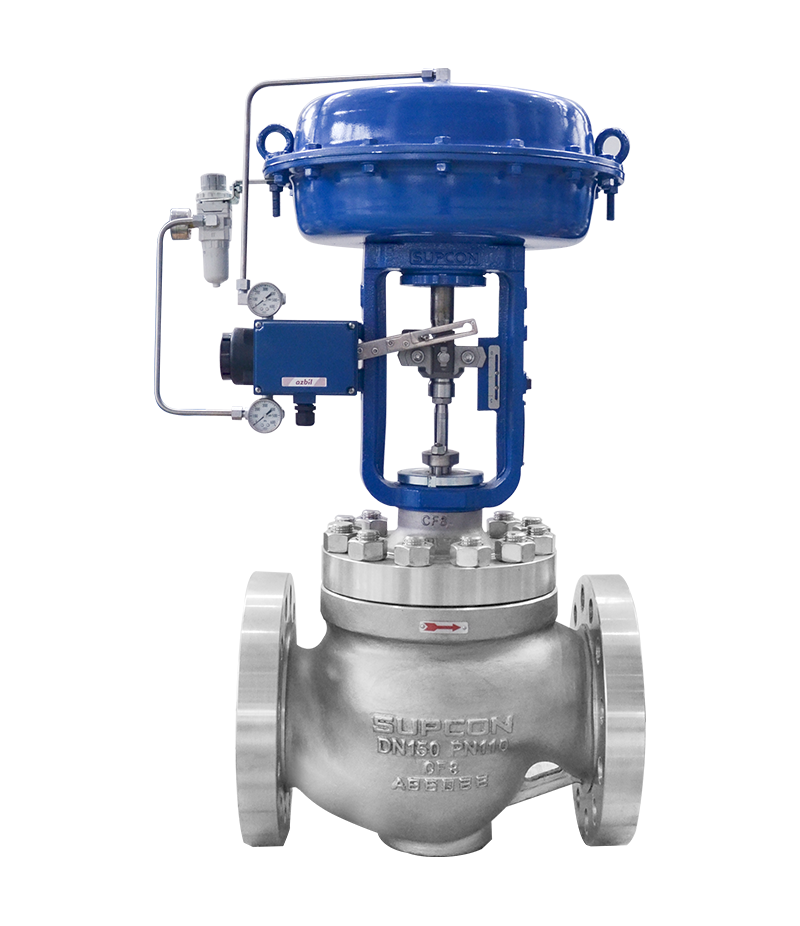
Maximize Power Savings and Convenience With Advanced Structure Automation Controls
In the world of contemporary style and facility administration, the integration of advanced building automation manages stands as an essential advancement. The merging of innovation and sustainability has birthed a new period where power performance, comfort optimization, and operational streamlining are no more possible facts however remote desires. By using the power of automation, buildings can adjust, respond, and advance in manner ins which were once unbelievable. The potential for substantial energy financial savings and boosted convenience is not simply an assurance but a possibility waiting to be met. This standard change in structure monitoring holds the crucial to opening a globe where environmental conscientiousness and owner well-being sympathetically exist together within the wall surfaces of our frameworks.
Energy Efficiency Advantages
Power efficiency advantages can considerably decrease energy usage and operational costs in buildings. Energy-efficient systems, such as innovative building automation controls, can maximize the use of resources like home heating, lighting, and air conditioning, leading to reduced energy costs over time.
Moreover, improved energy performance can lengthen the life expectancy of structure tools and systems. By running extra effectively, heating and cooling systems, lighting components, and various other structure parts experience less damage, leading to reduced maintenance and replacement prices. Additionally, energy-efficient structures frequently regulate greater property values and rental prices, offering lasting monetary advantages to owners.
Moreover, energy effectiveness can improve occupant convenience and performance. Effectively controlled interior atmospheres with ideal lighting and thermal conditions produce a more enjoyable and conducive work area, bring about enhanced worker fulfillment and performance. On the whole, the power efficiency advantages related to advanced structure automation controls are complex, including price financial savings, ecological stewardship, and resident well-being.
Enhanced Comfort Control
Enhancing convenience control in building settings calls for a sophisticated integration of innovative automation systems for ideal owner well-being. By utilizing advanced structure automation controls, centers can customize the indoor atmosphere to satisfy the particular needs and choices of passengers. These systems enable accurate policy of ventilation, lighting, and temperature level, producing a efficient and comfy ambience. Owner satisfaction and performance are closely connected to thermal convenience, making it important to have systems in location that can adjust to changing problems in real-time.
By incorporating these sophisticated controls, buildings can not only improve convenience but likewise enhance power efficiency by maximizing system operations based on actual occupancy and usage patterns. Eventually, focusing on occupant convenience through innovative automation systems leads to a much more delightful and much healthier indoor setting.
Functional Performance Improvements

In addition, the implementation of real-time surveillance and analytics tools allows structure operators to determine energy inadequacies and functional abnormalities quickly. By constantly monitoring energy usage patterns and system efficiency metrics, changes can be made in real-time to maximize energy consumption and make sure peak functional efficiency. control valves. Furthermore, integrating need response techniques into structure automation controls can additionally improve functional efficiency by dynamically changing energy use based upon grid problems and rates signals
Indoor Environment Optimization
Reliable interior climate optimization is a basic aspect of building automation controls, guaranteeing residents' comfort and well-being while maximizing energy savings. By utilizing advanced sensing units and controls, constructing automation systems can continually check and readjust temperature level, humidity visit degrees, air top quality, and ventilation to create an optimal indoor atmosphere. Maintaining comfy and constant conditions not only enhances occupant satisfaction but likewise improves productivity and overall well-being.
Indoor environment optimization also plays a vital function in energy performance. By fine-tuning ventilation, home heating, and air conditioning systems based upon real-time data and tenancy patterns, developing automation controls can dramatically reduce energy usage - control valves. Carrying out techniques such as demand-controlled ventilation and thermal zoning can aid lessen power waste while making sure that each area of the structure obtains the needed conditioning.

Lasting Atmosphere Development
Building automation regulates not just enhance interior climate conditions for energy efficiency and passenger convenience but additionally lay the foundation for creating a sustainable atmosphere via tactical management of systems and resources. By incorporating sophisticated building automation modern technologies, such as sensing units, actuators, and smart software application, facilities can monitor and readjust energy use in real-time to lessen waste and decrease their carbon impact. These systems allow predictive upkeep, determining potential concerns before they rise and enhancing devices efficiency to improve longevity and effectiveness.
Furthermore, lasting environment production extends visite site past energy administration to encompass water conservation, waste reduction, and indoor air top quality enhancement. Building automation controls can control water use, detect leakages, and make sure correct waste disposal techniques, contributing to total sustainability efforts. In addition, by managing and checking ventilation and filtration systems, these modern technologies enhance owner health and efficiency while lowering power intake related to cooling and heating operations.
Final Thought
Finally, advanced structure automation controls offer substantial advantages in terms of energy financial savings, comfort control, operational performance, interior climate optimization, and creating a sustainable setting. By executing these controls, structures can attain optimum performance while reducing power consumption and enhancing occupant comfort. It appears that making use of sophisticated automation modern technology is essential in improving building performance and creating a more sustainable future.
Energy efficiency benefits can considerably decrease energy consumption and operational costs click for source in structures. Overall, the power performance advantages linked with innovative structure automation controls are diverse, including expense savings, ecological stewardship, and owner health.
Additionally, including need feedback approaches into building automation controls can better improve operational performance by dynamically adjusting power usage based on grid conditions and prices signals.
Building automation regulates not only optimize interior climate problems for energy performance and passenger convenience however also lay the structure for creating a lasting atmosphere through strategic administration of resources and systems.In final thought, advanced building automation regulates deal considerable advantages in terms of energy financial savings, comfort control, operational performance, indoor environment optimization, and creating a sustainable environment.
Comments on “Optimizing System Control with High-Performance Control Valves”